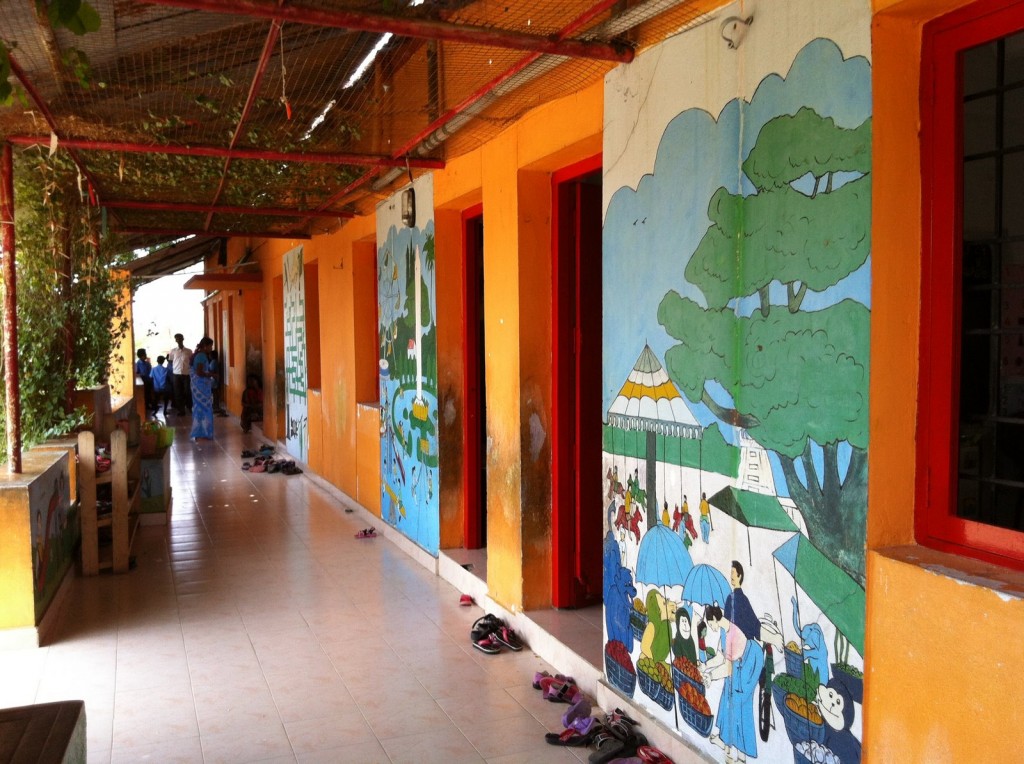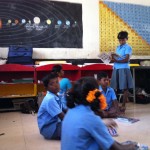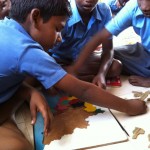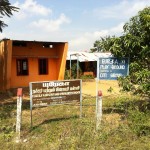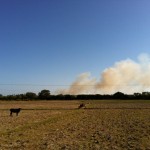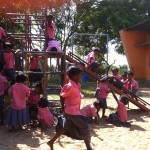Mathujitha Sankaran is a 3rd year student, currently interning for an education NGO in India.
Prior to my trip to India, I have long been intrigued by the dualities that contemporary Indian society so evidently displays. How is it that, time and again, the caste structure has persisted alongside the modernization of other aspects of Indian society? Briefly, a caste is essentially a hereditary form of stratification and it remains effective due to the endogamic practices of marrying within one’s community. Under this directive principle, four major occupational classes known as Varnas (‘colour’ in Sanskrit) emerged: the Brahmins, Kshatriyas, Vaishyas and Shudras. With an idea of the caste order, it is important to keep in mind that caste-identity is inextricably linked to the dualistic notion of ‘purity’ and ‘pollution.’ These intangible qualities are ineradicable as they are intrinsic to the caste in which you are born into. Also, a more crucial factor to consider is that upward mobility was once not a possibility for those born into a family belonging to the lower-castes.
With this in mind, how should we address the limitations imposed on an individual’s development when he/she grows up within the deeply-rooted notions of caste-identity and what room is there to transcend something as fundamental as the caste-identity? I would like to understand if there is truly a thing like caste-consciousness and how palpable are its effects on a child, and particularly on the nascent mind.
The notion of caste-consciousness derives its basis from the policies implemented by the Indian government. The caste-reservation policy drafted in the 1950 Constitution of India has perpetuated the manifestation of caste-consciousness in both the political and educational realms, causing the debilitation of the individual’s potentiality. Basically, the caste-reservation policy is a form of affirmative action that requires educational institutions and other civil service sectors to reserve a fair proportion of its seats for the underrepresented communities (i.e. lower-caste members) who previously did not have access to socioeconomic resources. Hence, a child’s caste is required to be stated for school admission because schools have a fixed quota of seats for members of “backward” classes. It is indeed factual that admission-by-quota has immensely benefited the socio-economically weak sections of society. Nonetheless, it begs the question: what implications do such modes of classification have on a child’s development? And what sort of impediments do notions of caste-consciousness cause to a child’s unbridled desires and potentiality as he/she grows conscious of his/her differences from the rest and the limits imposed on his/her identity? At this moment, these questions are merely speculative in nature and it is possible that I am misinterpreting the type of oppression that has occurred to certain communities. However one thing remains certain and that is the palpable presence of caste.
In order to best address this problem, I took up residence in a classroom setting where I could discover the implications the caste system has had on the education system. I am here in Tamil Nadu, a Southern state in India and I am working closely with Eureka AID India (Eureka), a NGO that has been seeking remedies to the existing deficiencies of the education infrastructure established by the government for over a decade. Eureka has inaugurated two types of educational centres: a model school and an after-school enrichment centre. The model school is essentially an alternative to the government schools that implement rigid pedagogical methods. A decade-long worth of fieldwork has given Eureka the resources to establish a full-time nursery and a primary model school facility that aspires to provide an informal classroom atmosphere and establish a less stringent relationship between the teacher and students. By doing so, it aspires to be a model for government schools who can take on similar pedagogical methods without compromising on meeting the requirements of the government-issued syllabus.
I first visited the model school to make observations and interact with the teachers and the students. I spent the first hours familiarizing myself with the architecture and I was taken by the vivid ambiance of the school. From the exterior of the hallway to the interiors of the classroom, the walls were filled with illustrations. Juxtaposed against the rural agrarian backdrop, it was a pleasant foray into a school that conveyed the feeling of exuberance. Eureka had reinvented the spatial features of a school from being usually banal to being unusually liberating. Apart from the burst of colours, the classrooms are also not mere generic spaces; instead, they are thematically designed to cater to an individual subject. The walls of the science classroom contained illustrations of the solar system and its shelves were lined with various scientific tools and learning kits. All these elements enable a communicative space for children that would induce curiosity and spontaneity within them.
After familiarizing myself with the space itself, I decided to follow the 5th standard class (11 year olds) over a week’s course of activities. What struck me was that, before class begun, the students would instinctually form a circle and pick a chapter from their textbook to read or a learning kit from the shelves to collectively play with. The teacher might conduct a lesson or break up the class and assign an activity to each group. Upon completing the task, the teachers would ask each student to share their thought process with the class. Like in most cases, there is no standardized pace of learning and some students tend to be more confident and quicker at understanding concepts, whereas some are not. The virtue of Eureka’s teachers was that they gave great importance to the learning process itself, by understanding the pace at which a student needs to grasp the contents of the lesson.
My first impression of the students is their eagerness to converse. Discussions are still a foreign concept in rural schools and, compared to the urban, private schools, children in rural areas are not acquainted with the basic tools of communication. Hence, my aim is to spark discussion and kindle their curiosity, with the hope that they seek an acquaintance in their immediate environment and learn more about their own potentiality through their own voice. By forging conversations about the societal circumstances that surround us, I hope we are able to discuss how we can transcend the limits of societal conventions that are deterministically placed onto us. The intention here is to not understand the students in totality—that would be a ridiculous ambition. Instead I am simply eager to propel a curiosity-driven inquiry, so as to perpetuate the process of understanding itself. Perhaps my starry-eyed ambitions might prove to be too lofty for my own reach, but I do hope that we as a group find ways to understand each other and communicate our perspectives like we do at ECLA of Bard.

